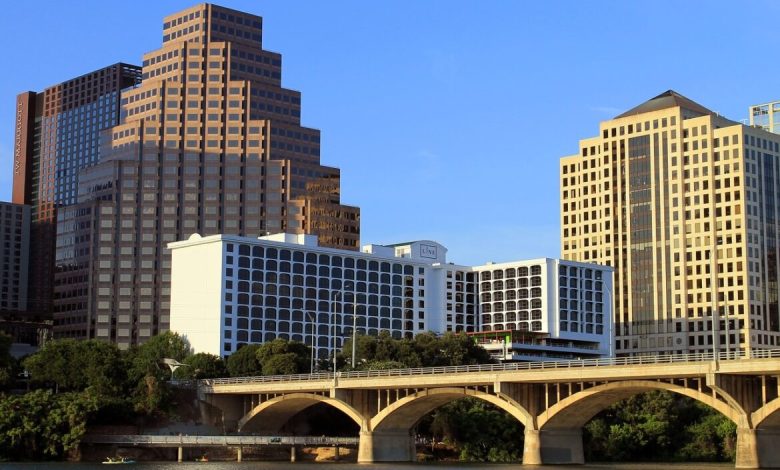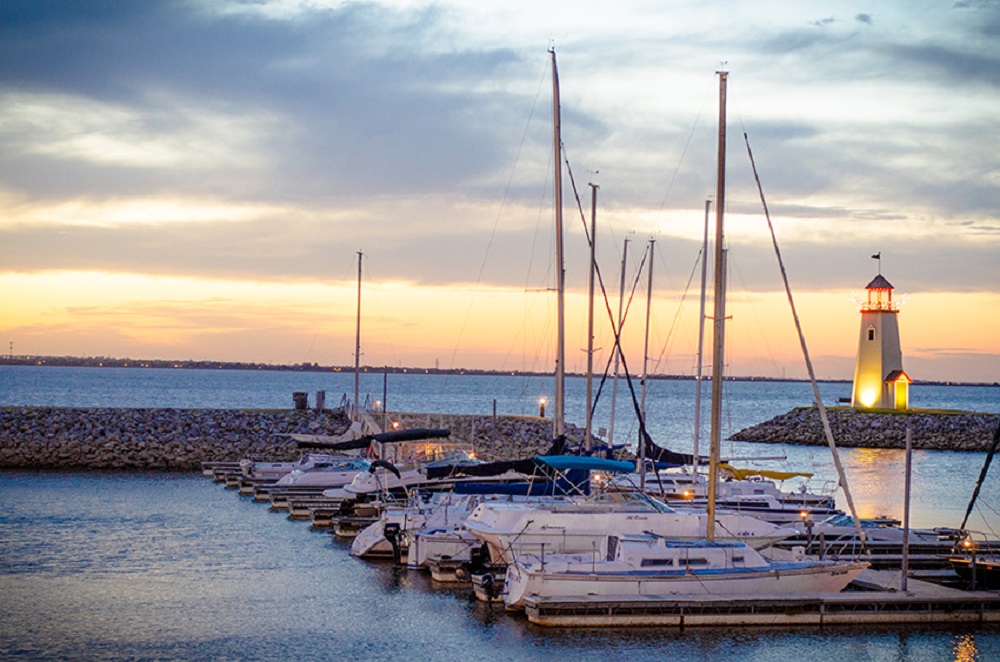America’s New Migration Trend: Why Mid-Sized College Cities Will Dominate in 2026
A data-driven look at Knoxville, Tulsa, Savannah, and other emerging destinations reshaping U.S. internal migration patterns.

A new study has revealed a notable shift in internal migration patterns expected in 2026, as most Americans are projected to move toward mid-sized college towns—especially in the South and Southwest—rather than major coastal cities or the urban centers that boomed during the COVID-19 pandemic.
According to an analysis by MoveBuddha, a company specializing in U.S. internal migration data, Knoxville, Tennessee tops the list of cities attracting the most new arrivals, followed by Tulsa, Oklahoma; Vancouver, Washington; Savannah, Georgia; and Tucson, Arizona.
These cities combine job opportunities, reasonable living costs, scalable infrastructure, and an absence of urban congestion, making them appealing to families and young people seeking a better quality of life.
Other cities in the top ten include Tempe (Arizona), Frisco (Texas), Raleigh (North Carolina), St. Paul (Minnesota), and Virginia Beach (Virginia). Of the top 25 destinations, 11 host major universities—highlighting the attractiveness of cities that offer both higher education and economic growth.

Signs of a U.S. Migration Shift: Comeback Cities Rise as Others Slow Down
The analysis also highlights so-called “comeback cities,” such as St. Paul, which has seen a 122% increase in inbound interest over the past five years, along with Milwaukee (+48%), Chicago (+42%), Cleveland (+36%), and Fort Worth (+33%). Chicago stands out in particular, showing signs of reversing the outward-migration trend it experienced in recent years.
In contrast, cities such as Austin, Texas show a noticeable slowdown in newcomers, with migration expected to decline by 40% since 2019. This is attributed to rising living costs and congestion, pushing residents to search for more sustainable alternatives.
This shift in migration patterns underscores the growing importance of allocating more funding to local projects, including urban planning, housing markets, infrastructure, education, and environmental resources, said Knoxville Mayor Indya Kincannon, who acknowledged the challenges of rapid population growth in a recent statement.
Signs of a U.S. Migration Shift: Comeback Cities Rise as Others Slow Down
Emerging cities like Knoxville, Tulsa, and Savannah may need to expand transportation networks, provide affordable housing, and strengthen public services to keep up with expected population growth.
Meanwhile, cities losing their appeal face challenges in reevaluating their economic and housing policies to maintain competitiveness in attracting and retaining residents.
Although new research has yet to fully confirm these trends, historical data and MoveBuddha’s analysis indicate that 2026 could mark a turning point in America’s population geography, with new cities rising to prominence while others—long considered major population magnets—experience decline.



